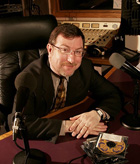Like many readers of Radio World, I started in radio before the era of consolidation. It was a time when there were a lot more opportunities for high school and college students to become involved with radio stations in their communities. The 1,000 watt AM station in my town welcomed young people interested in broadcasting and took generations of students under its wing. When I went off to college, the local stations there employed a number of college kids part time, including me. There were opportunities in news, music, production, engineering, and more. During high school or college this is how many of us got our start in radio.
[fusion_builder_container hundred_percent=”yes” overflow=”visible”][fusion_builder_row][fusion_builder_column type=”1_1″ background_position=”left top” background_color=”” border_size=”” border_color=”” border_style=”solid” spacing=”yes” background_image=”” background_repeat=”no-repeat” padding=”” margin_top=”0px” margin_bottom=”0px” class=”” id=”” animation_type=”” animation_speed=”0.3″ animation_direction=”left” hide_on_mobile=”no” center_content=”no” min_height=”none”]

Mark Maben, CBI Development Director
I found myself thinking back on those days recently because audio is enjoying a renaissance among young listeners. More and more, I find students coming to my university with the same kind of passion for audio that I had at their age. This tracks with Edison Research’s “Share of Ear” studies that show we are in a great era for audio consumption, and audio is what radio has always been about. Today’s podcasts, streaming services, and more are all built on the foundation of decades of radio broadcasting.
PRIMED
A growing number of students come to campus primed to explore their enthusiasm for audio and they quickly discover that their school’s student media outlets are the perfect places to experiment and learn. This is certainly true where I work. At WSOU(FM), the station I manage for Seton Hall University in South Orange, N.J., the staff of WSOU has more than doubled in just three years to 150 students, many of them freshmen and sophomores. They don’t see radio as dead. Rather, it is simply part of their 21st century media landscape and diet. They love radio!
This interest in audio isn’t limited to college students. As part of our mission to serve the local community, WSOU has long taken high school students as interns, but we usually hear from just one student per year.
This spring has been different, however. High school students are now actively seeking us out, looking for the chance to learn the craft. These students have done their homework. They know their areas of interest and the kinds of skills they need to develop in order to thrive. It is why they are coming to stations like WSOU for experience and to be mentored. It is not unlike when I was their age and knocked on the door of that local AM station to see what was behind that door and learn. Some of these high school students have been so motivated to learn that they became good enough to go on air as newscasters and sportscasters. That bodes well for their futures, and ours.
Campus stations now often fill the role that the old mom and pop stations did when I was a teen and young adult. College stations are the farm team for future radio professionals, but all of us who care about the fate of radio have role to play in developing the next generation. We cannot let folks like Audible, Pandora, Gimlet, Panoply, Google, and Spotify poach our talent by being the ones most welcoming to today’s students.
This is why I encourage all radio stations become more engaged with colleges and universities at all levels, as well as with high school juniors and seniors. It’s important to build relationships that extend well beyond simply taking students as interns. The more that stations and groups are engaged with students, the more likely we will revitalize our programming and cultivate new generations of listeners.
Here are a few suggestions for how commercial and professional noncommercial stations and those that work within them can build stronger relationships with up-and-coming audio talent:
- Volunteering to critique air checks from students or becoming a mentor to a student
- Having your PD spend time on your local college or high school campuses to talk with students
- Giving students an hour or two on your station and challenging them to “come up with something great”
- Getting your GSM to collaborate with a university’s business school to develop a curriculum that truly prepares students for media sales
- Using college kids for your high school sports play-by-play
- Inviting professors, teachers, advisers, student affairs staffers and others to your station
- Engaging a college or high school kid as a “reverse mentor” for you or your team. It’s a great way to remain current on technological and cultural trends
- Listening to the student-run stations in your market. You might be surprised and inspired by what you hear
FM took off, in part, because radio let some young, passionate people play around and come up with something new and different that listeners liked and wanted. Radio is better off when there are real partnerships with young adults, where we experiment and create together. This is how we keep young people engaged and excited about radio and audio careers. It’s also what we need to ensure our industry’s survival.
Read this, and other Campus View columns at Radio World.





